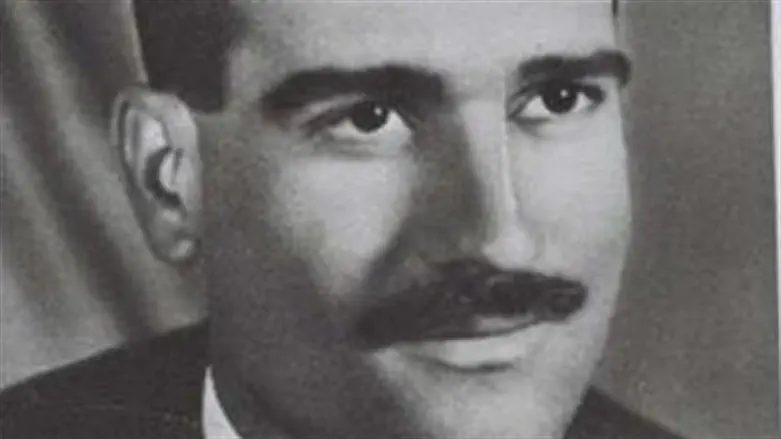
Mossad Director David Barnea on Monday attended the dedication of the Eli Cohen Museum in Herzliya, where he publicly revealed – for the first time – the last telegram that he received from the late Eli Cohen, prior to his capture.
In the telegram, which is dated 19 February 1965, the day on which he is estimated to have been captured, Mossad agent Cohen reports on a Syrian General Staff meeting held the previous evening with the participation of then Syrian President Amin Al-Hafez.
"Eli Cohen was among our best agents,” Barnea said. “He continues to influence us and instill in us a fighting spirit, courage, values and devotion – even from the depths of history.”
“He is a source of inspiration not only to today's agents but to all Mossad employees in their various positions. We all learn from him, even today, from his Zionism, his sacrifice and his dedication.”
“The reason for Eli Cohen's capture has always been controversial. Did he transmit too much? Did he act contrary to the directives? Did headquarters demand that he transmit too intensively? The issue has been subject to dispute for many years.”
“I will honor this holy place and reveal, for the first time, following in-depth research that was carried out recently, that Eli Cohen was not captured due to the quantity of his transmissions or pressure from headquarters to transmit too frequently.”
“Eli Cohen was captured because his transmissions were simply intercepted and triangulated by the enemy. This is now an intelligence fact.”
“Today, the Mossad will give to the Museum the last telegram that Eli Cohen sent as a free man. The telegram is dated to 19 February 1965, the day of his capture, on which he reported about a discussion at the Syrian General Staff with the participation of then President Amin Al-Hafez.”
“The Mossad has worked, and will continue to work, to reveal intelligence and new details about the period in which Eli Cohen served in Syria, and will continue to work to bring his remains for burial in Israel.”
